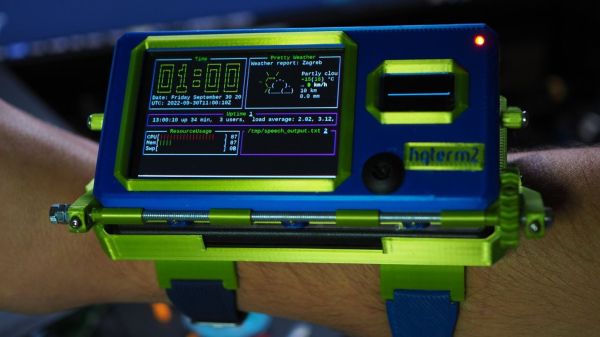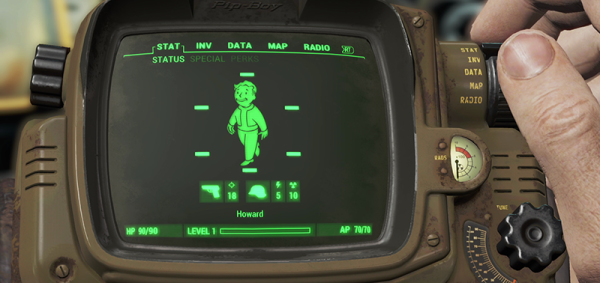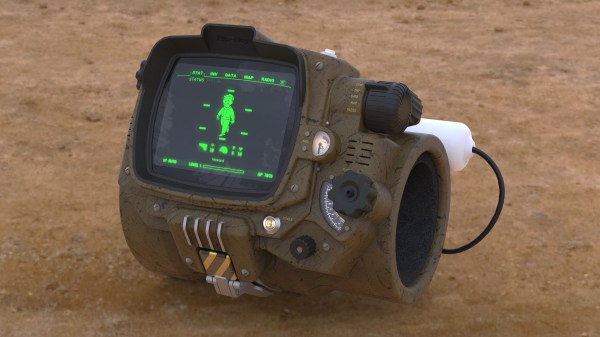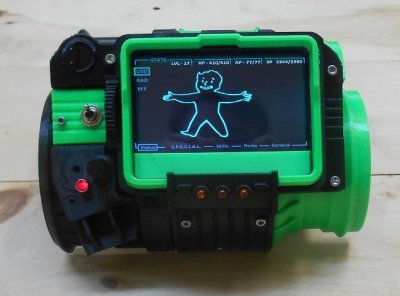You’d think that now that the 2022 Cyberdeck Contest is wrapped up, we’d stop writing about it. Sorry, but no — there were so many great entries that we just can’t help but keep focusing on them. And this wearable hybrid interface cyberdeck has a look we love so much that we can’t resist spotlighting it.
We wouldn’t go so far as to call the “hgDeck” a PipBoy, but [Igor Brkić]’s wrist-worn deck certainly bears some similarity with to the Fallout-famous terminal. In fact, the design for this one is based on his earlier hgTerm Raspberry Pi mini-laptop, which honestly would have made a great entry all by itself. But while the two version shares some similarities, the hgDeck puts a serious twist on the form factor. In the stowed configuration, the Pi Zero W puts the main display, a 3.5″ Waveshare TFT, to work using the resistive touchscreen interface. But with the flick of a finger, a motor flips the monitor up on a set of pantograph linkages, which exposes a compact Bluetooth keyboard. Another touch stows the screen and returns you to touchscreen-only operation.
There were a fair number of wrist-worn decks in the contest’s final results, and while this one didn’t win, [Igor]’s build has got to be one of the cooler designs we’ve seen, one that almost seems practical in the real world.
Continue reading “2022 Cyberdeck Contest: A Wrist-Worn Deck With A Hybrid Interface”






 The most iconic thing you’ll find in a Fallout game is the Pip-Boy, the UI for the player and a neat wrist-mounted computer (that somehow has a CRT in it, I guess) for the player’s character. Hackaday’s own [Will Sweatman]
The most iconic thing you’ll find in a Fallout game is the Pip-Boy, the UI for the player and a neat wrist-mounted computer (that somehow has a CRT in it, I guess) for the player’s character. Hackaday’s own [Will Sweatman] 













